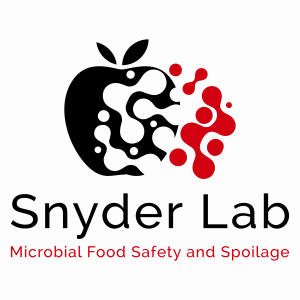 Research in Microbial Food Safety and Spoilage
Research in Microbial Food Safety and Spoilage
Our lab investigates how foodborne microbes persist under hostile conditions. This work falls into three major themes:
1) Microbial survival on inanimate surfaces
2) Pathogen persistence in low moisture food systems and
3) Microbial extremotolerance.
This advances our understanding of extremotolerance which, in turn, has allowed our lab to pursue new approaches to microbial control. This research has been funded by three different USDA program areas, and NSF SBIR, industry consortia as well as by individual companies, and through numerous internal and seed grants.
Exciting news! Check our latest research focus https://blogs.cornell.edu/microbial-safety-of-infant-feeding/
Central Research Theme: Microbiology of Extreme Environments
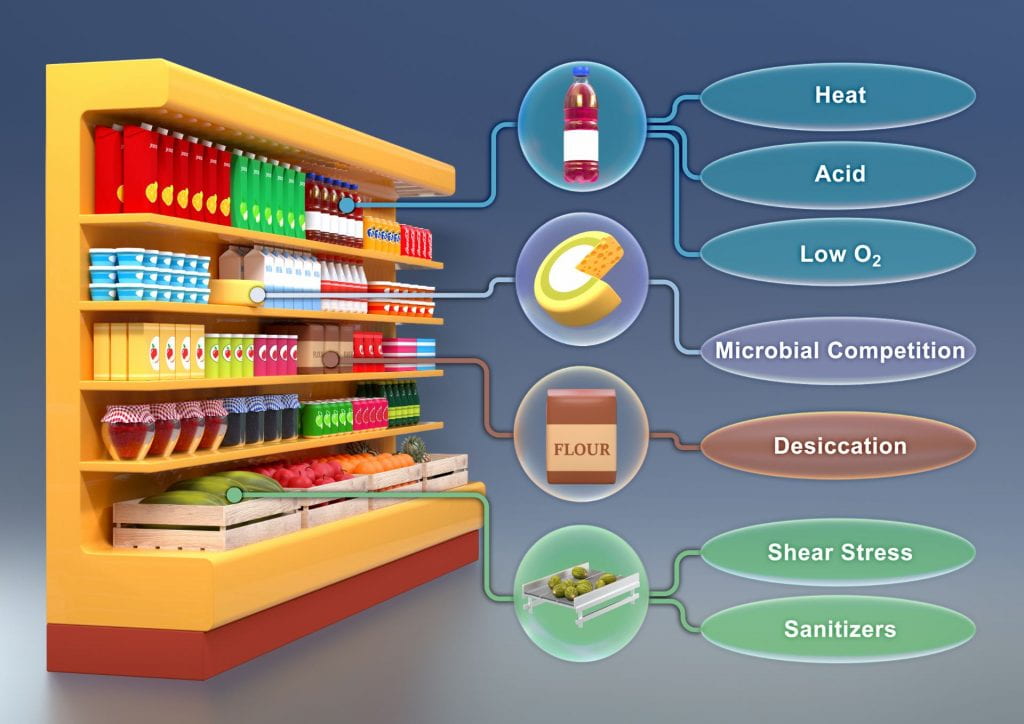
Our lab studies how bacteria and fungi persist under extreme food-relevant environments and how to better manage them. Better control over complex microbiota improves sustainability by reducing food waste and optimizing processing activities, like sanitation, to reduce water, chemical, and energy demand
Microbial Extremotolerance
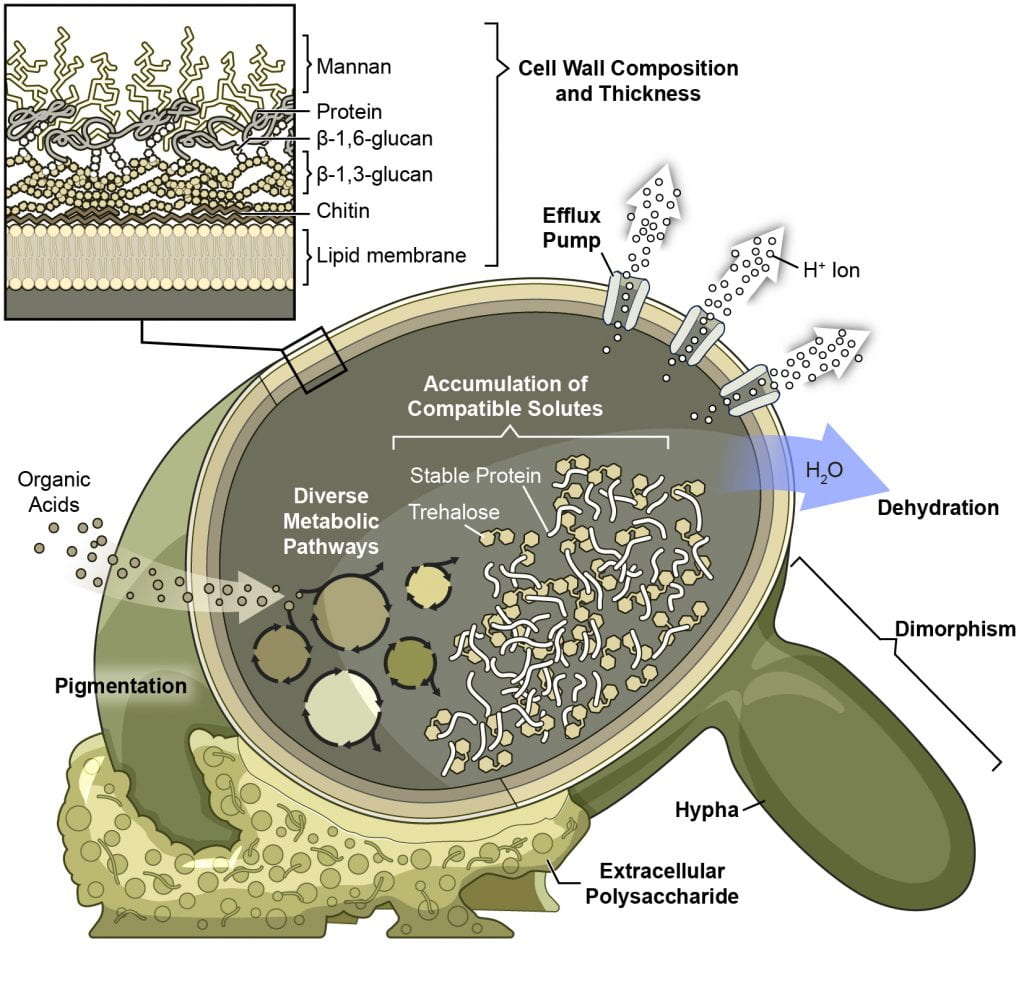
The physiological features of microbes contribute to their tolerance to thermal processing, acidity, desiccation, and oxygen and nutrient limitations. A. B. Snyder. 2022. The role of heat resistance in yeast spoilage of thermally processed foods: highlighting the need for a probabilistic, systems-based approach to microbial quality. Current Opinion in Food Science
Pathogens in Low Moisture Food Systems
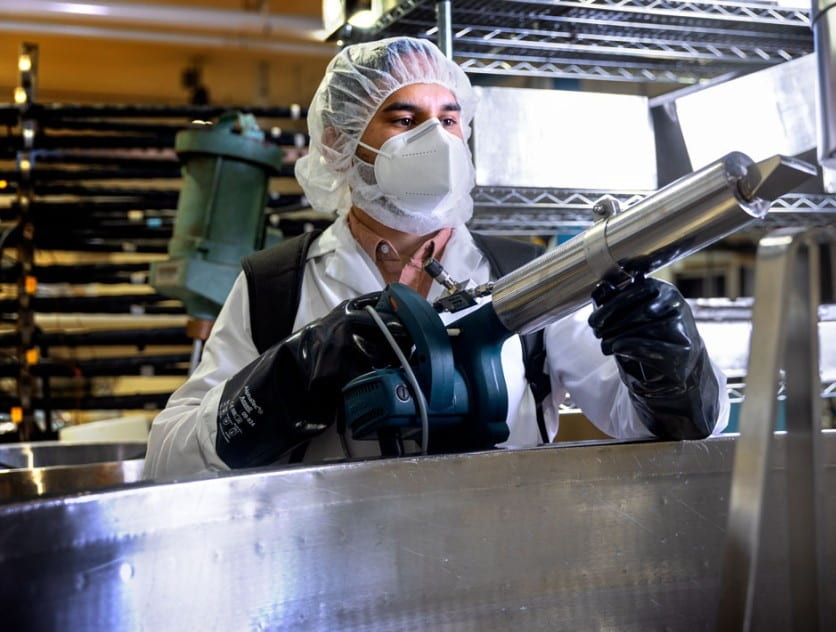
Thermal inactivation in low moisture foods is challenging due to thermal resistance and low thermal conductivity. We utilize tools from food microbiology, process engineering, and modeling. Doctoral Student Yadwinder Singh Rana demonstrates how superheated steam may be used to hinder pathogens in commercial dry food processing facilities
Microbial Survival on Inanimate Surfaces
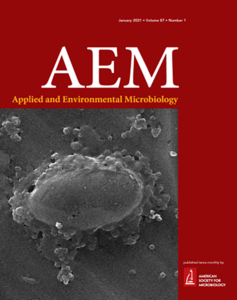
Surface-associated microbial communities vary in composition and and structure. Research has also shown that the development of multispecies biofilms may cross-protect L. monocytogenes from sanitation. We aim to reduce the risk of cross-contamination from surfaces in food manufacturing environments into food products. We utilize methods such as: include metagenomics, cleaning simulations, and quantitative and qualitative evaluations of the interface between inanimate surface and microbial or allergenic contaminants Volume 87 • Number 1 • December 2020 • Cover photograph: Exophiala spp, extremotolerant yeast. biosynthesized melanin, which pigments their cell wall and is secreted into an extracellular polymeric matrix, provides protection from environmental stresses. Courtesy of Doctoral Student Shiyu Cai; Copyright © 2020 Cai et al
Microbial Extremotolerance in Juice
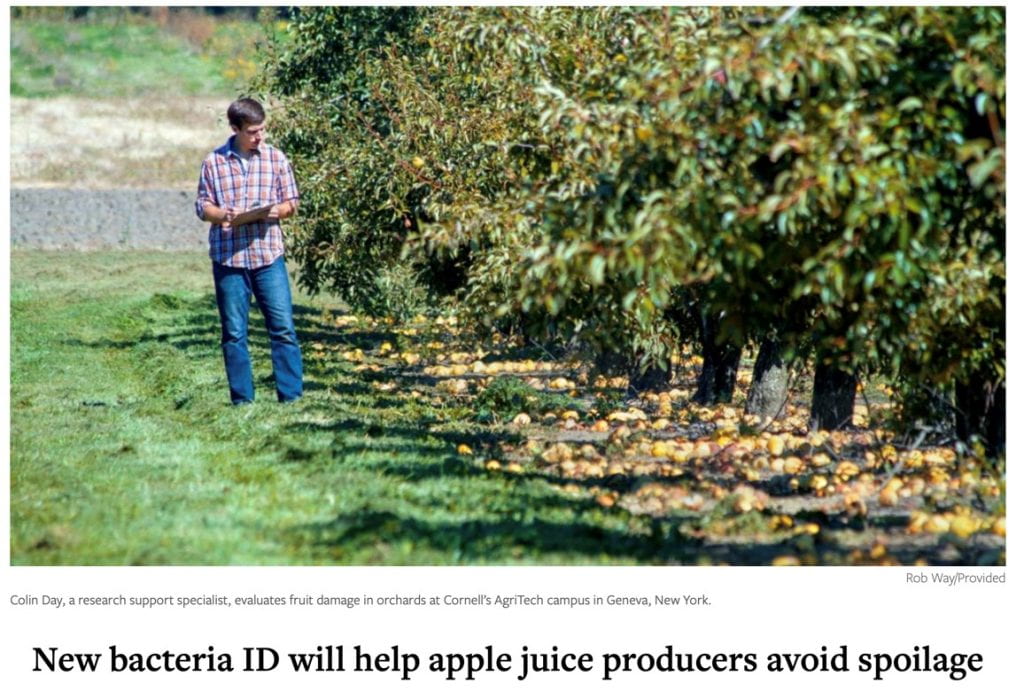
Doctoral Student Katerina Roth used comparative genomics to identify and establish three new species of Alicyclobacillus.